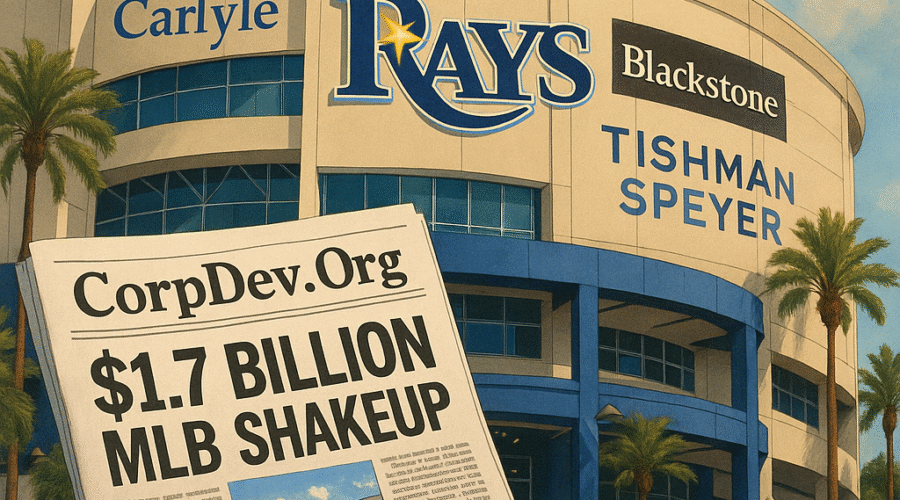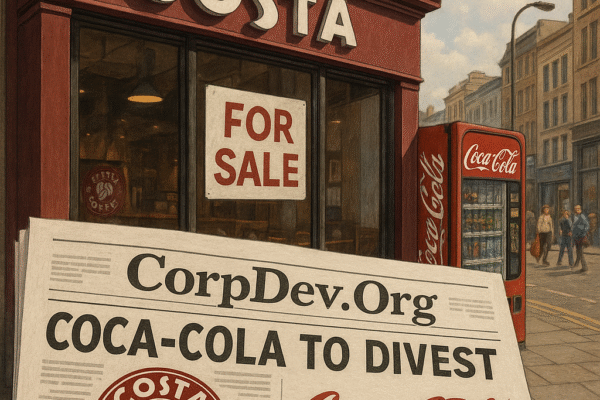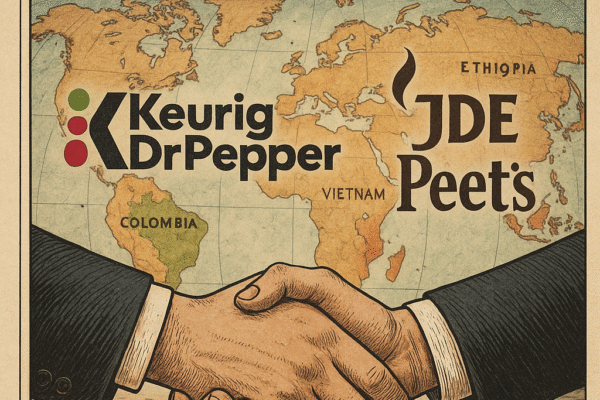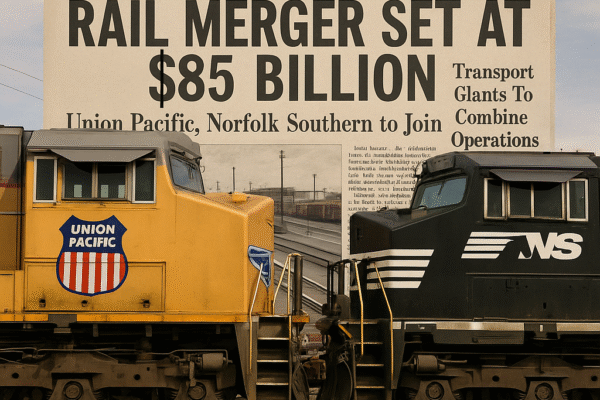The Tampa Bay Rays stand at a pivotal juncture in franchise history, with principal owner Stuart Sternberg in exclusive negotiations to sell the MLB team to a consortium led by Jacksonville real estate magnate Patrick Zalupski in a landmark $1.7 billion transaction[1][3][6]. This potential ownership transition—among the largest in baseball history—follows Hurricane Milton’s catastrophic damage to Tropicana Field, the collapse of a $1.3 billion stadium deal, and mounting pressure from MLB leadership for resolution[5][19]. The Zalupski group, featuring Dream Finders Homes’ entrepreneurial muscle, Union Home Mortgage’s financial infrastructure, and Fast Forward Sports Group’s baseball operations expertise, represents a hybrid model of franchise investment blending real estate development acumen with sports management pedigree[2][12][13]. While the letter of intent signals advanced talks, final approval hinges on MLB’s rigorous ownership vetting process and unresolved stadium location questions that will define the Rays’ long-term regional identity[3][4][9].
💼 Seasoned CorpDev / M&A / PE expertise
Deal Architecture and Market Context
Transaction Mechanics and Valuation Benchmarks
The proposed $1.7 billion valuation represents an 8.5x appreciation from Sternberg’s 2004 acquisition price of $200 million, reflecting MLB’s explosive franchise value growth despite Tampa Bay’s persistent stadium challenges[6][14]. This figure aligns closely with David Rubenstein’s $1.725 billion purchase of the Baltimore Orioles in 2024, establishing a new baseline for mid-market franchises[1][16]. Crucially, the letter of intent signed by Zalupski provides exclusivity but remains non-binding, triggering a multi-phase approval process: Due diligence completion, MLB ownership committee review, executive council endorsement, and final ratification by 23 of 30 team owners[3][9][17]. Industry observers note the accelerated timeline—unusual for MLB transactions—likely stems from commissioner Rob Manfred’s reported pressure on Sternberg to resolve ownership uncertainty following March’s stadium deal collapse[6][19].
Capital Structure and Investor Profile
Zalupski’s consortium exemplifies the evolving ownership model in professional sports, combining sector-specific expertise across its leadership triad. As founder/CEO of Dream Finders Homes (NYSE: DFH), Zalupski brings real estate development prowess having delivered over 35,100 homes since 2008, with the company’s $3.4 billion market cap providing institutional credibility[12][20]. Bill Cosgrove’s Union Home Mortgage—processing $10 billion in loans annually—adds structured finance capabilities critical for stadium financing negotiations[15]. Ken Babby’s Fast Forward Sports Group contributes operational DNA through ownership of the Jacksonville Jumbo Shrimp (Marlins AAA) and Akron RubberDucks (Guardians AA), including successful stadium renovation projects in both markets[13][20]. The inclusion of “prominent Tampa Bay investors” (per Rays statement) strategically addresses local stakeholder concerns about external ownership[3][9].
Stadium Imperatives: From Hurricane Damage to Permanent Solution
Tropicana Field’s Catastrophic Failure
Hurricane Milton’s 101-mph winds on October 10, 2024, shredded Tropicana Field’s fiberglass roof, exposing the stadium interior to torrential rains that damaged playing surfaces, electronic systems, and structural components[18]. Initial repair estimates reached $66 million, forcing the Rays into a temporary 2025 home at George M. Steinbrenner Field—the Yankees’ spring training facility with just 11,000 seats versus Tropicana’s 25,000 capacity[8][18]. The disaster compounded existing stadium vulnerabilities: Tropicana Field (opened 1990) ranked among MLB’s oldest venues with limited revenue streams, while the Rays’ 2023 attendance averaged 16,515—third-worst in MLB despite postseason contention[19].
Aborted Stadium Projects and Future Scenarios
Sternberg’s abandoned $1.3 billion Gas Plant District project—approved in 2023 but canceled in March 2025—highlighted the financial fragility of stadium deals. The owner cited “unanticipated events” including $300 million in hurricane-related cost overruns that voided funding mechanisms[19]. For Zalupski’s group, stadium strategy becomes the immediate priority with three options: Renegotiate St. Petersburg’s $55 million roof repair plan for Tropicana Field (lease expires 2028); revive Tampa Bay area stadium proposals in Tampa or St. Petersburg; or pursue relocation threats to leverage public funding[4][7][18]. Industry analysts note Zalupski’s Florida real estate networks and political connections (University of Florida trustee) provide leverage absent in Sternberg’s New York-based ownership[12][20].
Ownership Evolution: From Sternberg to Zalupski
Sternberg’s Legacy: Analytics Pioneer with Stadium Blind Spots
Stuart Sternberg’s 2005-2025 tenure transformed baseball’s least competitive franchise into a model of efficiency, with the Rays’ .545 winning percentage ranking third in MLB behind only the Dodgers and Yankees since their 2008 rebrand[14]. His $200 million investment generated an estimated 750% return through revenue-sharing optimization, player development innovation, and low payroll competitiveness ($73 million active roster in 2025)[6][14]. However, stadium paralysis defined his later years: Twelve failed ballpark proposals since 2007, including the 2018 Ybor City initiative and 2023 Gas Plant collapse, eroded political goodwill[19]. MLB’s reported intervention—pushing Sternberg toward sale—signaled ownership fatigue with the market’s stadium stalemate[6].
Zalupski’s Value-Creation Playbook
The prospective ownership group brings distinct advantages for resolving Tampa Bay’s core challenges. Zalupski’s Dream Finders specializes in public-private partnerships, having developed communities in Lakewood Ranch and Parrish—positioning him to navigate stadium-anchored mixed-use projects[2][12]. Babby’s minor league experience includes $6.1 million renovations at Canal Park (Akron) and $20 million upgrades at 121 Financial Ballpark (Jacksonville), demonstrating capital project execution[13]. Cosgrove’s mortgage banking relationships could facilitate innovative stadium financing structures like PILOTs (payment in lieu of taxes) or TIF districts[15]. Critically, the consortium’s Florida roots (Zalupski in Jacksonville, Babby in Jacksonville, Tampa investors) counter perceptions of absentee ownership that plagued Sternberg[2][9].
League-Wide Implications and Market Dynamics
MLB Franchise Valuation Trajectory
The Rays’ $1.7 billion price reflects baseball’s soaring asset values despite regional sports network uncertainties. Recent comps include Rubenstein’s Orioles deal ($1.725B) and Steve Cohen’s $2.4 billion Mets purchase, with expansion fees potentially reaching $3 billion for markets like Nashville[16][17]. Private equity’s growing influence is notable: Zalupski’s group follows Rubenstein (Carlyle Group co-founder) in bringing institutional capital approaches, while maintaining MLB’s prohibition on PE fund ownership[16]. The transaction also tests Manfred’s stadium urgency doctrine—his public warnings about Tampa Bay’s “existential” ballpark crisis now culminate in ownership transition[6][19].
Regional Economics and Fan Engagement
Tampa Bay’s bifurcated market (St. Petersburg vs. Tampa) remains the franchise’s fundamental challenge. Demographic studies show 60% of Rays fans reside in Hillsborough County (Tampa), while Tropicana Field sits in Pinellas County (St. Petersburg)—a geographic disconnect exacerbating attendance struggles[19]. Zalupski’s stated commitment to keeping the team “in the Tampa Bay area” avoids specificity, with viable stadium sites including Tampa’s Water Street, St. Petersburg’s redeveloped Trop site, or suburban locations like Pasco County[3][7]. The ownership group must reconcile competing municipal interests while securing $500+ million in public funding—a political minefield where Zalupski’s Florida connections prove critical[4][20].
Execution Risks and Forward Pathways
Approval Hurdles and Deal Contingencies
MLB’s ownership committee—chaired by Milwaukee’s Mark Attanasio—must scrutinize the group’s financial capacity, particularly whether Zalupski’s $1.4 billion net worth (per Forbes) provides sufficient liquidity for baseball’s debt service rules limiting team leverage to 40% of value[12][17]. The league’s executive council (eight owners including Yankees’ Hal Steinbrenner) then evaluates market stability concerns before the full ownership vote requiring 23 approvals[17]. Unresolved stadium plans could delay final ratification, as MLB prioritizes facility security. Contingency clauses likely address Tropicana Field’s uncertain repair timeline and lease renegotiations[8][18].
Stadium Financing Archetypes
Historical models suggest three pathways for the new ownership group: The “Braves Model” (developing adjacent real estate like The Battery Atlanta); the “Padres Model” (downtown ballpark with Tax Increment Financing); or the “Rangers Model” (public-private split with city/county bonds)[18]. Zalupski’s core competency—residential/commercial development—favors mixed-use integration, potentially replicating Dream Finders’ success with Jacksonville’s Eastwood development near the Jumbo Shrimp’s
Sources
https://www.tsn.ca/mlb/tampa-bay-rays-in-sale-talks-with-jacksonville-based-real-estate-magnate-1.2323524, https://www.abcactionnews.com/sports/baseball/rays/who-are-the-investors-interested-in-buying-the-tampa-bay-rays, https://www.mlbtraderumors.com/2025/06/rays-rumors-sell-team-patrick-zalupski-jacksonville-developer.html, https://www.cbssports.com/mlb/news/tampa-bay-rays-sale-mlb-team-in-advanced-talks-for-potential-1-7b-deal-with-florida-billionaire-per-report/, https://frontofficesports.com/rays-on-verge-of-1-7b-sale-following-stadium-deal-collapse/, https://www.espn.com/mlb/story/_/id/45538987/rays-owner-advanced-talks-sell-team-developer, https://en.as.com/mlb/florida-billionaire-close-to-buying-the-tampa-bay-rays-who-is-patrick-zalupski-n/, https://www.upi.com/Sports_News/MLB/2025/06/18/Tampa-Bay-Rays-negotiating-sale-Jacksonville/8591750265998/, https://www.mlb.com/news/rays-enter-negotiations-for-possible-sale, https://www.mlb.com/rays/news/rays-enter-negotiations-for-possible-sale, https://www.mlb.com/rays/news, https://trustees.ufl.edu/about-the-board/current-trustees/patrick-zalupski/, https://www.sportsbusinessjournal.com/Journal/Issues/2016/04/04/Forty-Under-40/Ken-Babby/, https://www.mlb.com/rays/team/front-office/stuart-sternberg, https://predatorylending.duke.edu/histories/bill-cosgrove/, https://www.espn.com/mlb/story/_/id/39687538/mlb-ownership-committee-approves-rubenstein-purchase-orioles-first-step-sale, https://www.si.com/mlb/orioles/news/baltimore-orioles-sale-clears-latest-mlb-procedural-hurdle-matt9, https://www.foxweather.com/weather-news/photos-tampa-bay-rays-tropicana-field-hurricane-milton, https://www.espn.com/mlb/story/_/id/44236578/tampa-bay-rays-not-moving-forward-new-stadium-plans, https://www.news4jax.com/news/local/2025/06/18/jacksonville-area-billionaire-ceo-of-dream-finders-homes-leads-group-trying-to-buy-tampa-bay-rays-for-17b-report/





